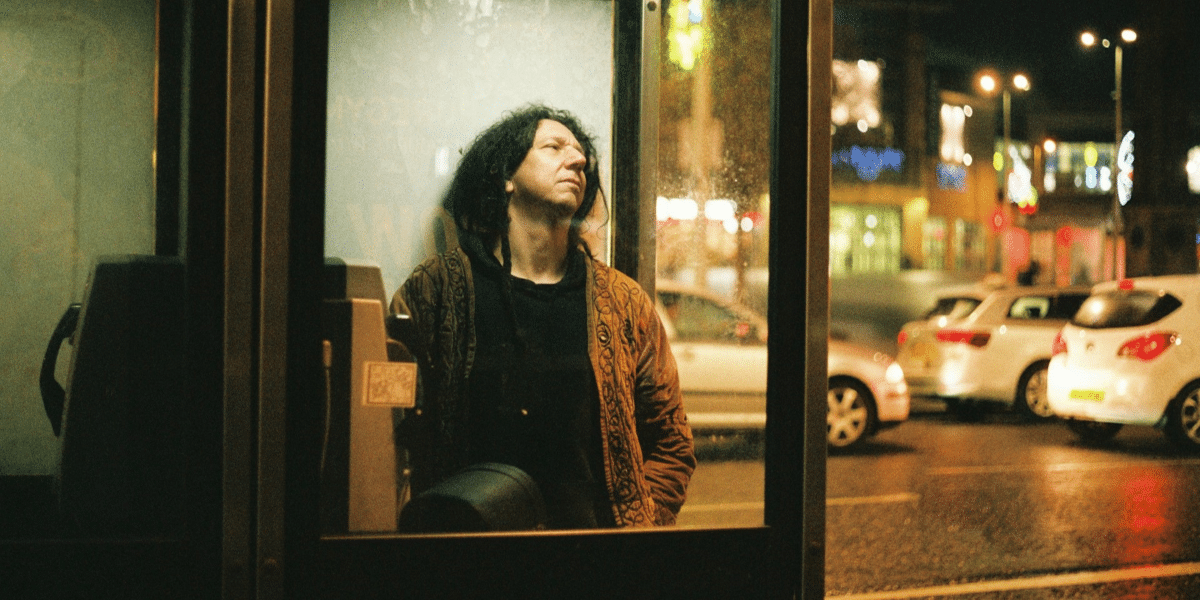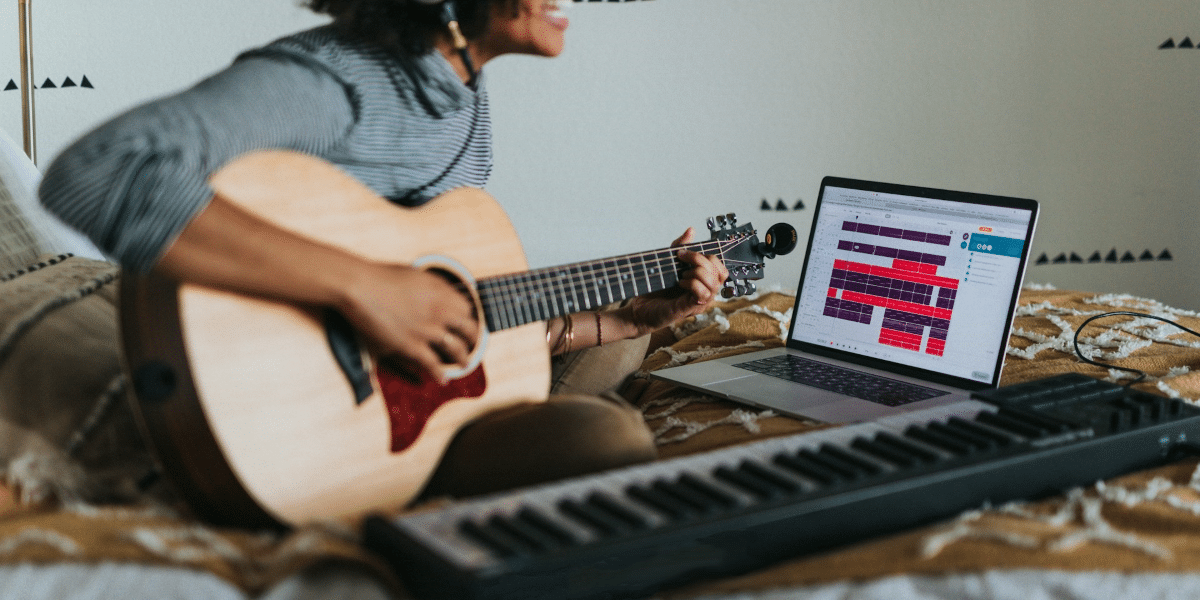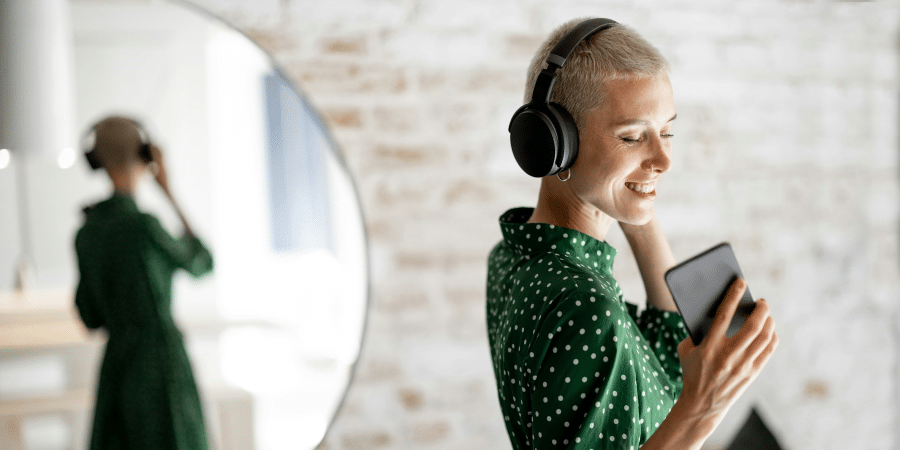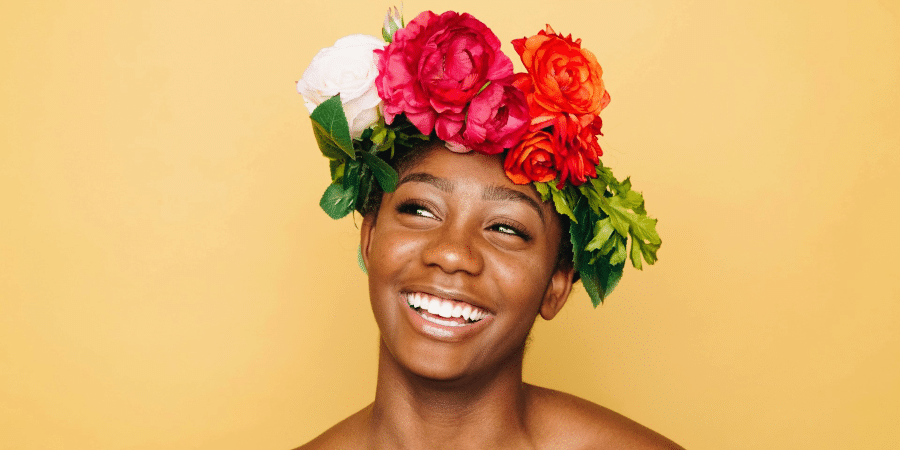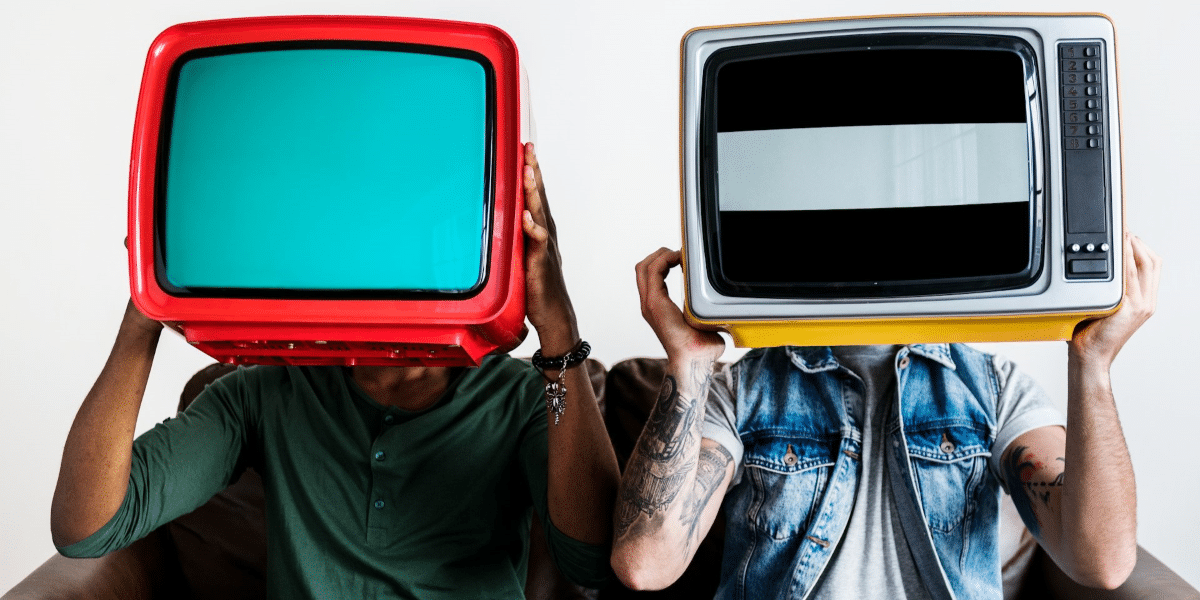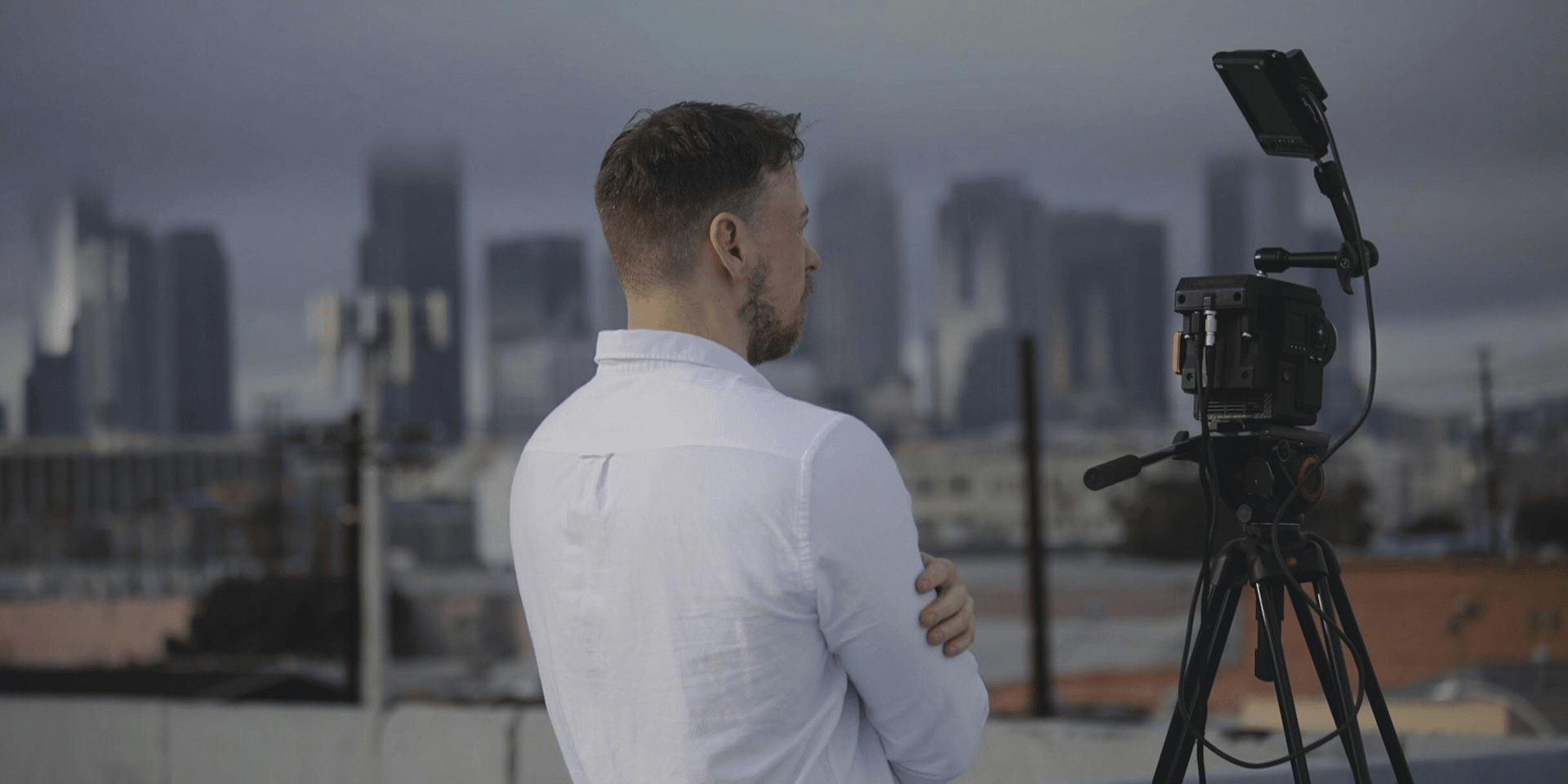By: Maria Williams
The art world today is a paradox. There are countless artists in the space with a unique vision, a personal narrative, and an individual expression that could speak to a global audience. On the other hand, many of these artists remain invisible, locked out of the market that’s supposed to celebrate and promote their creativity.
The problem is twofold. First, an accessibility issue exists. Galleries and traditional art markets remain highly exclusive, with only a tiny fraction of artists gaining representation. A very small fraction of artists globally manage to get their work into galleries, where collectors usually shop for high-priced, prestigious art.
This instance translates to the majority of creative talent never getting seen by those who could appreciate and invest in their work. Emerging artists must pave and trudge a path to visibility painstakingly—a path full of gatekeepers who control access to these spaces. This reality makes it nearly impossible for new talents to break through.
Online platforms have attempted to bridge this gap. Still, they fail to offer artists independence. Many of these platforms take up to a 30% commission on sales, and galleries can potentially take as much as 50%. The result is artists receiving a meager share of their sales. They’re cornered into a situation where they’re either undiscovered or under-compensated, unable to reach buyers who would appreciate their work or set their prices fairly.
Instagram could be an alternative to reaching a larger audience, but with its constantly evolving algorithms and emphasis on video content, reels, and regular engagement, it forces creators to become performance artists documenting their process to hopefully be seen by a percentage of their followers. Instagram has become only another gatekeeper of the art world.
Adding to this structural issue is the increasing commercialization of the art world. By its nature, art should celebrate individual expression. Unfortunately, with galleries and even collectors focusing more on safe, marketable styles, artists are pressured to conform to trends instead of innovating. The market paradoxically rewards familiarity, although it claims to value originality.
Besides creating a homogenized art landscape, platforms often compromise originality for sales, limiting artists’ ability to set prices or control their artistic narrative. They’re forced to compete in a market that favors replication over innovation. Given these challenges, Ben Gulak, an artist and entrepreneur, emphasizes that it’s more important than ever for artists to find and embrace their unique voices.
Ben is a professional painter and computer scientist who blends his expertise in both worlds to bring fresh perspectives and approaches to his art and the broader industry. His experience of over a decade within the gallery system and working with fellow creatives gave him insight into the market’s inner workings.
“Artists need to stay true to our vision. Those who resist the pressure to follow market trends are usually the ones who find long-term success. Without individuality, we risk becoming part of a homogenized market where everything is about price. If artists are only trying to produce what they believe is selling or is sellable, we risk participating in a race to the bottom,” Ben stresses.
The renowned artist shares an instance from his early days when he observed how a friend from Paris, who created unconventional work, stuck with his vision for years instead of succumbing to trends. It took years, but his dedication paid off. His work eventually gained recognition. “It’s to the point that there’s knockoff t-shirts with his designs being sold by street vendors,” Ben shares.
Ben applied similar principles to his work after learning a valuable lesson. “When I decided to start painting, I had already been collecting art from the hype and street art scene; I loved the characters that reminded me of my childhood. But I knew I wanted to do something different. Having taken art all through school, even a fine arts program in Italy when I was younger, I had the technical ability to paint hyperrealism; I brought these techniques to the hype art space by painting my favorite muppet character, the Cookie Monster, re-imagined in today’s modern world.” The realism set his work apart from the traditional cartoon style dominating the space and caught the attention of prominent figures as early collectors.

Photo Courtesy: Ben Gulak / Chic Evolution in Art
Ben continues: “One year, however, I felt insecure about my muppet paintings and decided to paint classic pop icons like 007, Audrey Hepburn, and Marilyn Monroe; I thought these for sure would sell. Getting to Scope Miami, I quickly realized that there were probably 20 other similar variations to these icons, and mine didn’t sell. The muppets I did bring were all sold. This was an important learning lesson for me and taught me to stick with what I enjoyed but also the value in having something uniquely yours.”
All these issues are part of a cycle that perpetuates artists’ lack of access to the right buyers and the dilution of artistic individuality in a market driven by commercialism. Ben Gulak’s insights and experiences offered a new perspective on how artists like him can navigate these challenges that led him to be found. “The art world is meant to push boundaries and nurture individual creative voices,” he states. “We should embrace individuality to elevate our practice and contribute to a more vibrant art world.”
Published by: Annie P.





